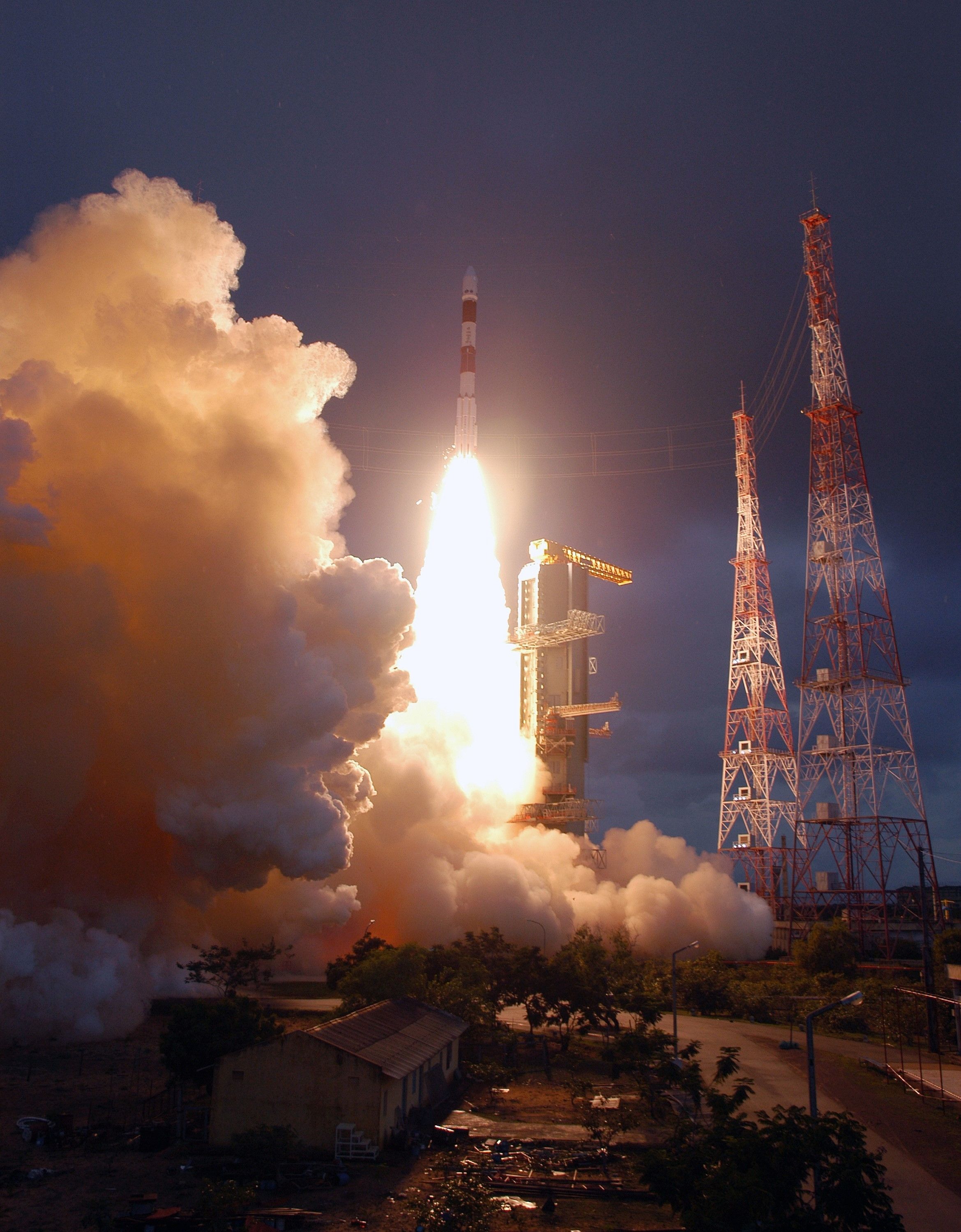India has successfully landed its Chandrayaan-3 spacecraft on the moon, becoming the fourth nation to achieve this feat after the United States, China, and the former Soviet Union. The Chandrayaan-3’s landing site is closer to the moon’s south pole than any other spacecraft has reached, a region believed to be rich in water ice deposits, potentially usable for rocket fuel or drinking water. The mission signifies India’s growing status as a space superpower and has been received with national pride and celebrations. The success comes just days after Russia’s failed attempt to land near the lunar south pole.
Key Points:
- Chandrayaan-3 Landing: India’s lunar mission Chandrayaan-3 has successfully landed on the moon’s south pole, an unprecedented achievement that marks India as the fourth country to make a soft landing on the lunar surface.
- Significance of South Pole Landing: The landing site’s proximity to the south pole is of key scientific and strategic interest, with potential water ice deposits that could be converted into rocket fuel or drinking water for future space missions.
- Components of the Mission: The Chandrayaan-3 consists of a lander, rover, and propulsion module, equipped with scientific instruments to analyze the lunar surface, including a seismometer to detect quakes within the moon’s interior.
- National Pride and Global Recognition: The successful landing has instigated widespread celebrations across India, elevating national pride, and highlights India’s growing role in space exploration and technology. Indian Prime Minister Narendra Modi emphasized the mission’s significance to humanity and global collaboration in space endeavors.
- Contrast with Russia’s Failure: India’s successful landing starkly contrasts Russia’s failed lunar landing attempt just days earlier, emphasizing India’s technological advancement in space exploration and solidifying its position as a 21st-century space power.
Source: https://www.cnn.com/2023/08/23/world/chandrayaan-3-lunar-landing-attempt-scn/index.html






